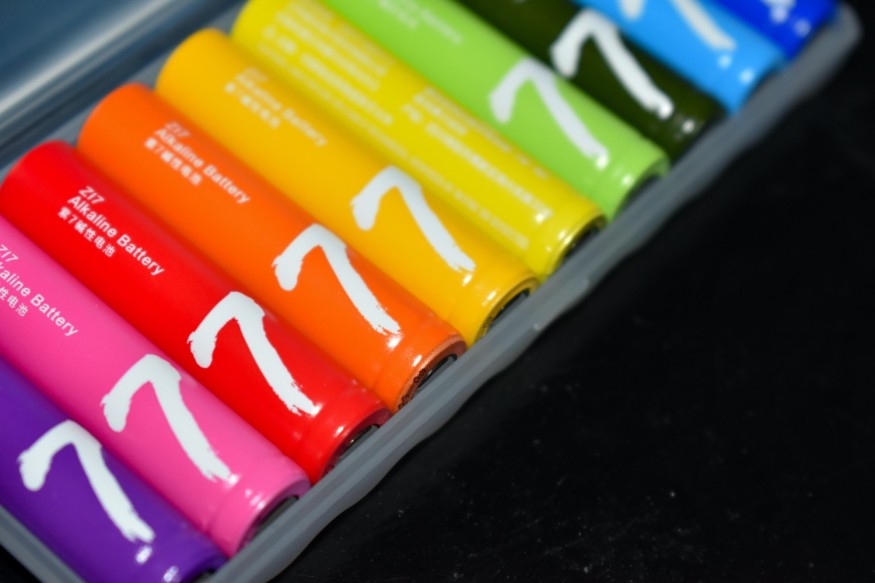The National Capital Poison Center records around 3,500 Americans who swallow batteries every year. But some batteries are now being created with digestion in mind, even though it's still unlikely that most batteries will ever be safe to consume.
For instance, researchers are making progress in developing safe internal health monitoring and treatment electronic devices, but powering them is still a challenge. Now, a new rechargeable battery made from entirely edible materials may solve this issue, as it can safely dissolve in the stomach after completing its task.

Prototype Edible Rechargeable Battery
In a new study titled "An Edible Rechargeable Battery," published in Advanced Materials, scientists described a prototype device that functions at a harmless voltage.
Senior author Mario Caironi, a molecular electronics researcher at the Italian Institute of Technology, explained in a press release that this innovation has potential uses in creating edible circuits and sensors that can monitor health conditions and powering sensors for monitoring food storage conditions.
Caironi further thinks that the degree of safety of these batteries may make them ideal for use in children's toys, where ingestion is a greater concern.
The first functional rechargeable battery that can be consumed as a snack is made up of a diverse array of ingredients, Science Alert reported. The battery's anode, or "negative" end, is made of the vitamin riboflavin, while the supplement quercetin serves as the cathode, or "positive" end.
Moreover, the electrolyte that generates the electrical charge is made of a water-based solution, and the separator, which prevents short circuits, is made of nori, the seaweed commonly found in sushi restaurants.
Activated charcoal, frequently used to treat poisonings, is also included to increase electrical conductivity, while the external contacts that transfer electricity to another device are made of beeswax and connected to food-grade decorative gold.
According to the paper's abstract, using edible electronic devices will substantially impact gastrointestinal tract monitoring, medicines, and quick food quality monitoring. Although previous research has shown the feasibility of edible sensors and circuits, there is still a need for fully edible electronic devices with edible power sources, of which very few examples exist.
Does It Really Work?
According to Popular Science, the edible rechargeable battery with all its edible circuits functions at 0.65 volts and delivers a current of 48 microamperes for 12 minutes, the power range needed for small electronics.
Co-author Ivan Ilic stated in the team's announcement that the battery's digestibility is a positive example of a non-toxic battery, despite its relatively low power. He noted that the edible battery might not be suitable for electric cars, but its selling characteristic is that it is made from safer materials than existing lithium-ion batteries.
He also hopes these batteries will encourage other scientists to create safer batteries for a sustainable future. The team is currently working on future generations of the battery that will have more capacity in smaller sizes, with the objective of powering edible, soft robots for medical operations.
RELATED ARTICLE : Sustainable, Biodegradable Battery Made From Crab Shells Might Be the Future for Renewable Energy
Check out more news and information on Battery in Science Times.
© 2026 ScienceTimes.com All rights reserved. Do not reproduce without permission. The window to the world of Science Times.












